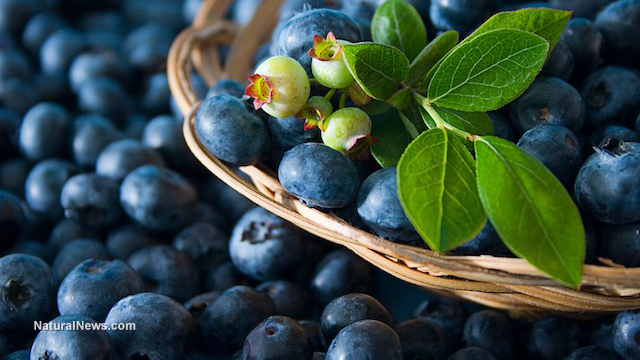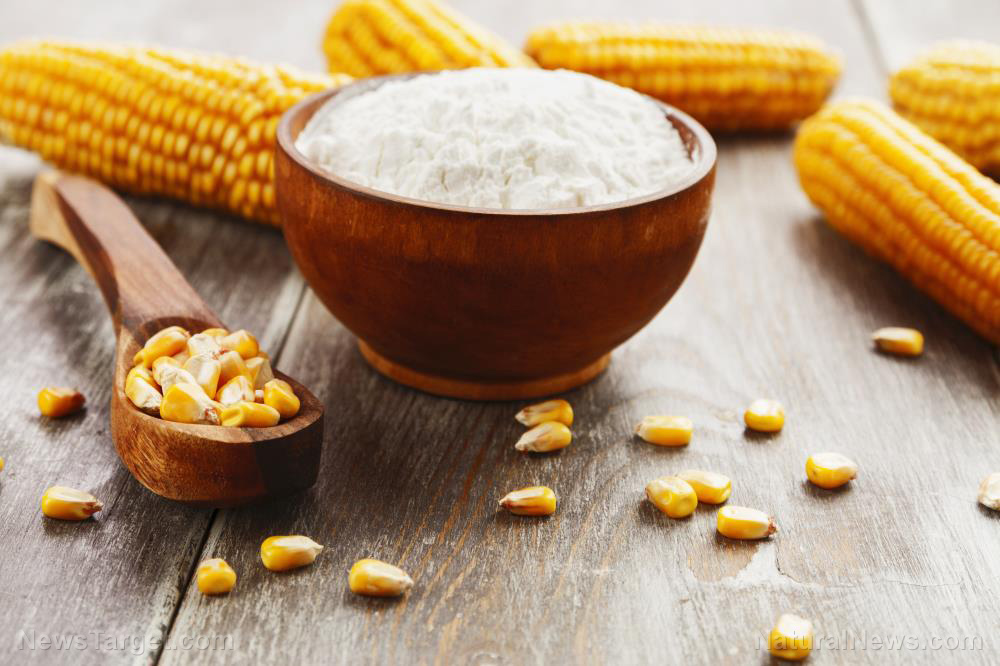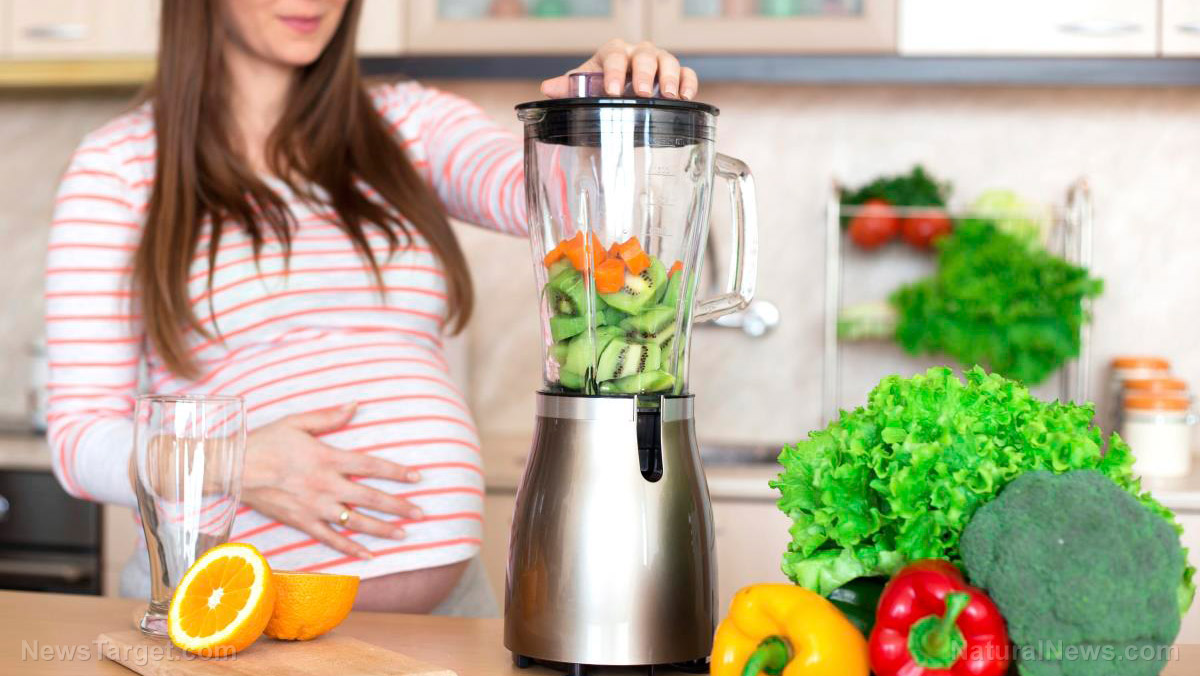How do we get more kids to eat more vegetables? A review of methods
06/02/2018 / By Michelle Simmons

If you have kids, one of the most difficult things to do is to feed them vegetables. Different strategies, such as repeated food exposure, food adaptations, mealtime adaptations, social factors, nutrition education, and mixed-methods interventions, may help you get your child to eat more vegetables. Among all these methods, repeated exposure was found to be the most effective for increasing vegetable consumption of children aged two to five years, according to a study published in the journal Current Nutrition Reports.
A team of researchers from Loughborough University and Aston University, both located in the U.K., reviewed methods for feeding more vegetables to children who are two to five years old. With the use of the search engines Web of Science and PubMed, they looked for studies that looked at strategies to increase vegetable consumption in early childhood. They used key terms relating to children’s consumption of vegetables, such as “child vegetable consumption,” “intervention,” “modelling,” “reward,” “flavor-flavor,” “flavor-nutrient,” “repeated exposure,” “messy play,” and “tactile play,” in order to determine potentially relevant papers for the review. The studies included methods such as repeated exposure, food adaptations, mealtime adaptations, social factors, nutrition education, and mixed-methods interventions.
The team found that repeated exposure was the most effective strategy in making children eat more vegetables as well as like vegetables more. Moreover, most studies that tested the effectiveness of food adaptations – such as flavor-flavor learning, flavor-nutrient learning, and visual presentation – to increase children’s consumption of vegetables found that the method did not provide beneficial effects. However, one study found that children may eat more green, cruciferous vegetables when served with dip. Therefore, pairing disliked vegetables with liked flavors may increase their vegetable consumption.
For mealtime adaptations, serving children a variety of vegetables and serving a large portion of vegetable soup as a first course to a meal are effective techniques in increasing children’s consumption of vegetables. For social methods, the researchers found that non-food rewards are a successful strategy for increasing preschool children’s consumption of vegetables. In addition, another social method called modeling showed mixed findings. Parental modeling alone may not be enough to increase consumption but may be effective when combined with other methods.
On the other hand, peer modeling may be effective. The inclusion of role models, for promoting increased vegetable intake in children, may be beneficial in mixed-methods interventions. Lastly, the researchers found that educating children, particularly those in the preschooler age group, may potentially increase children’s vegetable consumption.
In summary, the review indicated that repeated exposure is a great strategy in making children eat more vegetables. Moreover, the method may benefit from being combined with either modeling by peers or parents or non-food rewards. (Related: Schools get kids to eat more fruits and vegetables.)
Why most children dislike eating vegetables
Most kids often dislike eating vegetables, but why? Here are some reasons why children do not like eating them:
- Biology – One biological factor that causes children to dislike vegetables is that instinctively, they need foods that provide them energy — and vegetables contain few calories that they do not provide enough energy. Another factor is the taste of the vegetables and what that taste implies. Vegetables, particularly greens and cruciferous vegetables, have a slightly bitter taste, and children potentially taste this bitterness more strongly than adults.
- Time – Adults eat more vegetables than children because they have become tolerant of the bitter taste of vegetables through repeated exposure.
- Paired associative learning – Lastly, children may not like vegetables because of the psychological concept of paired associative learning. Children will more likely associate foods high in fat and sugar, such as ice cream, cake, and candy, with positive memories such as parties, holidays, celebrations, and rewards. On the other hand, they more likely associate vegetables with less positive memories, such as nagging parents and unpleasant meals when they are forced to eat vegetables.
If you’d like to read more news stories and studies on vegetable consumption, you may go to Veggie.news.
Sources include:
Tagged Under: child, children, early childhood, feeding strategies, food, fussy eaters, intervention, non-food reward, nutrition, repeated exposure, science, vegetable consumption, vegetable intake, vegetables




















